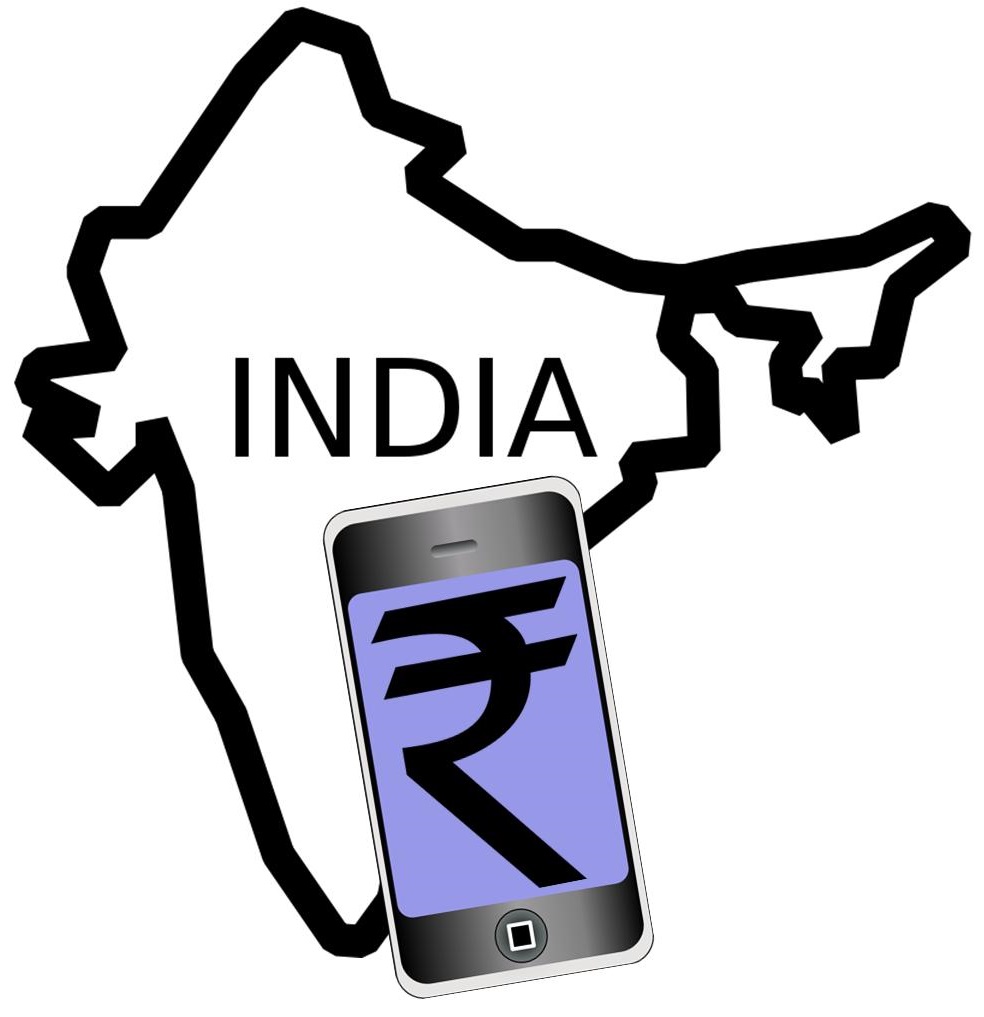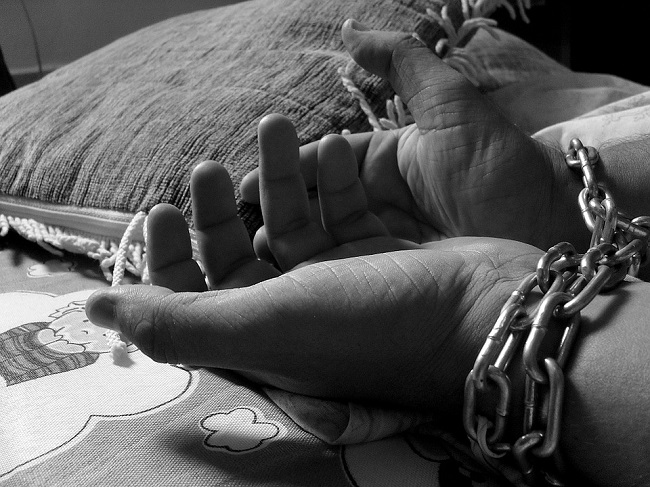The Unified Payments Interface is meant to simplify transactions over smartphones in the country.
The national payments system launched in India this week. The Unified Payments Interface (UPI) is designed to let shoppers complete transactions using mobile phones. So far, the launch includes 21 particpating banks. Customers of those banks can already use the mobile payments services.
Among the banks include ICICI, Axis Bank, Yes Bank as well as eighteen others in India.
With UPI, customers can use the national mobile payments system to both send and receive money. All they need is a smartphone and an account with a participating bank. This system functions by assigning a “virtual identifier” to a user, instead of a person’s actual identity. The purpose is heightened mobile security. There are a number of different functions available by way of the platform. The functions include: bill payments, barcode based in-store purchase transactions, real-time peer to peer (P2P) transactions, delivery payments as well as several others.
The national mobile payments system was initially announced in April and has since been pilot tested.
 The pilot initially consisted of bank employees. Now that the pilot is complete, availability has broadened substantially. Any Indian bank with more than 1,000 pilot customers and a success rate of 80 percent with 5,000 or more transactions can use the UPI mobile apps. They can offer their branded version of UPI mobile payments applications by way of the Google Play store. That way, it can be accessed by the general public in India.
The pilot initially consisted of bank employees. Now that the pilot is complete, availability has broadened substantially. Any Indian bank with more than 1,000 pilot customers and a success rate of 80 percent with 5,000 or more transactions can use the UPI mobile apps. They can offer their branded version of UPI mobile payments applications by way of the Google Play store. That way, it can be accessed by the general public in India.
By using those requirements for launching the mobile apps in the Google Play store, the goal was to incentivize participation in the pilot. That way, there would be a greater capability for improving the application before the nationwide launch. It is possible for existing mobile users to integrate their platforms into the Unified Payments Interface.
Some have predicted that this national mobile payments platform will be very helpful in boosting e-payment adoption in India. That opportunity has the potential to move the country forward in its progress toward financial inclusion. This is important as only just over half of Indians (53 percent) currently have bank accounts.
A new pilot outreach program is using the high penetration of phones in the country to reach enslaved people.
Free the Slaves recently launched in India. It is still in its pilot phase, but it is already connecting with people throughout the country. It uses the knowledge that smartphones and mobile technology have reached tremendous penetration among Indian families to spread basic labor rights information.
The goal is to reach out to enslaved people in India and give them hope through readily available tech.
The Free the Slaves (FTS) outreach program pilot tested with Kaarak Enterprise Development Services. It is meant to educate and increase hope in at-risk rural communities. The goal is to connect with villagers who have a heightened vulnerability to debt bondage slavery and human trafficking. As there is typically at least one phone per family, mobile technology has become the natural vehicle for communicating with these people.
 The program pilot comprised four messages written in Bhojpuri. That local language was selected as it is the most common among the people in Uttar Pradesh state. Over a span of 28 days, people in 192 communities were called and sent these messages over mobile technology.
The program pilot comprised four messages written in Bhojpuri. That local language was selected as it is the most common among the people in Uttar Pradesh state. Over a span of 28 days, people in 192 communities were called and sent these messages over mobile technology.
The Free the Slaves messages shared information and awareness about bonded labor slavery and labor rights.
One of the messages said: “You must be paid as much as you deserve and you should be able to understand how payment works.” Another said: “Since the Bonded Labor Act, it is illegal to force someone to work as a slave because of their caste, under threat of violence or without pay.”
The villagers receiving the messages also learned about government rehabilitation and relief programs available to them. They underscored the importance of vigilance among community members. They also promoted the FTS program itself as well as the MSEMVS organization which works with communities to provide slavery resistance. It also offers support for slavery and sex trafficking survivors.
The Free the Slaves messages concluded with a caution about the risks associated with migrating for employment. They provided tips for avoiding traffickers in the first place. The reception to these messages was highly positive and community members welcomed them. Follow-up efforts with focus groups showed that 92 percent of community members learned something new and found the information very helpful to them. Another 79 percent felt the information was applicable to their own situations. Many of the people did not know that bonded labor was illegal in India until they heard the messages.
 The pilot initially consisted of bank employees. Now that the pilot is complete, availability has broadened substantially. Any Indian bank with more than 1,000 pilot customers and a success rate of 80 percent with 5,000 or more transactions can use the UPI mobile apps. They can offer their branded version of UPI mobile payments applications by way of the Google Play store. That way, it can be accessed by the general public in India.
The pilot initially consisted of bank employees. Now that the pilot is complete, availability has broadened substantially. Any Indian bank with more than 1,000 pilot customers and a success rate of 80 percent with 5,000 or more transactions can use the UPI mobile apps. They can offer their branded version of UPI mobile payments applications by way of the Google Play store. That way, it can be accessed by the general public in India.
 The program pilot comprised four messages written in Bhojpuri. That local language was selected as it is the most common among the people in Uttar Pradesh state. Over a span of 28 days, people in 192 communities were called and sent these messages over mobile
The program pilot comprised four messages written in Bhojpuri. That local language was selected as it is the most common among the people in Uttar Pradesh state. Over a span of 28 days, people in 192 communities were called and sent these messages over mobile 